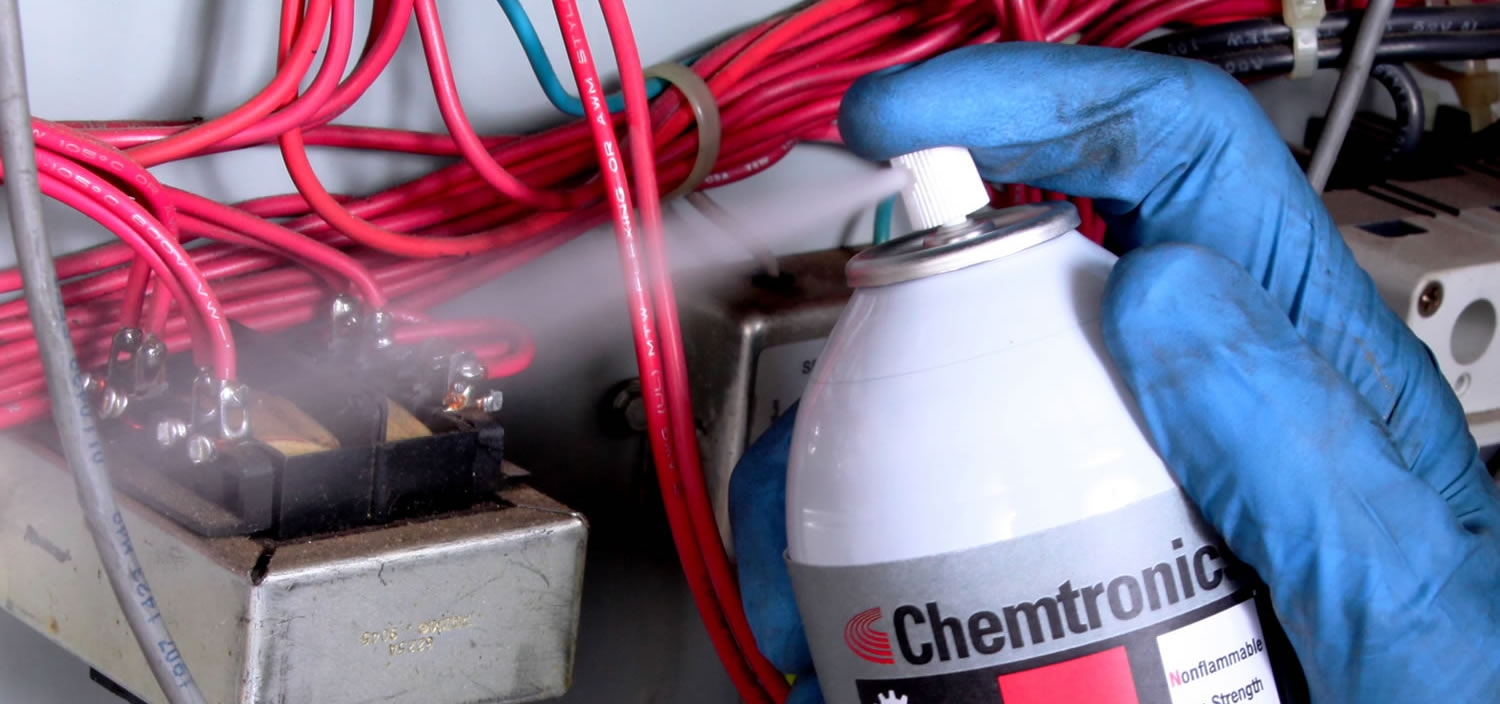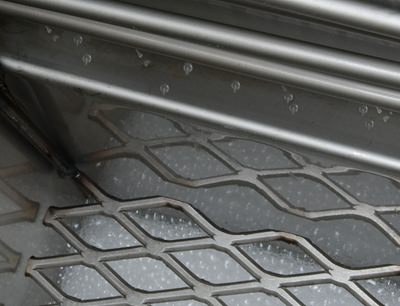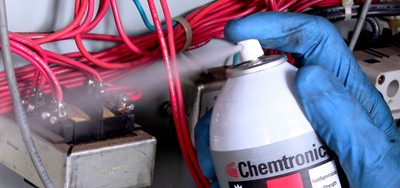That depends on the requirements of your application. There are a number of factors that can have a big impact on performance and safety: flammability, dielectric strength, compatibility, toxicity, and environmental impact. Degreasers often contain very flammable alcohols and hydrocarbon solvents. They can be cheap and effective, but can dangerous without proper ventilation, or around open flames, sparks (e.g. welding), or hot surfaces. Nonflammable degreasers avoid these safety issues, but are generally more expensive. If you plan to powered equipment, or need to switch it on before the solvent has flashed off, consider a degreaser with a high dielectric strength. More care needs to be taken when cleaning plastic packaging, plastic components, rubber gaskets and seals. If the degreaser is incompatible with the plastic, it can craze (create small cracks), embrittle, or soften the material. Rubber seals may swell, shrink, or dissolve if exposed to a harsh solvent. A new degreaser should always be tested before being used extensively. N-Propyl Bromide (nPB), Trichloroethylene (TCE) and Perchloroethylene (Perc) are highly toxic chemicals commonly used in degreasers to provide cleaning performance in a nonflammable formula. All of this has caused maintenance facilities to reconsider their solvent choices, especially with manual cleaning when exposure tends to be higher. Volatile organic compounds (VOCs), solvents that add to smog, or solvents with high global warming potential (GWP) have been a focus of a number of regulators. Some state (e.g. CARB or California Air Review Board), municipal, and even industry-specific regulations restrict the use of high VOC or high GWP materials.
Ask A Technical Question
Stay up-to-date on Chemtronics news, products, videos & more.






